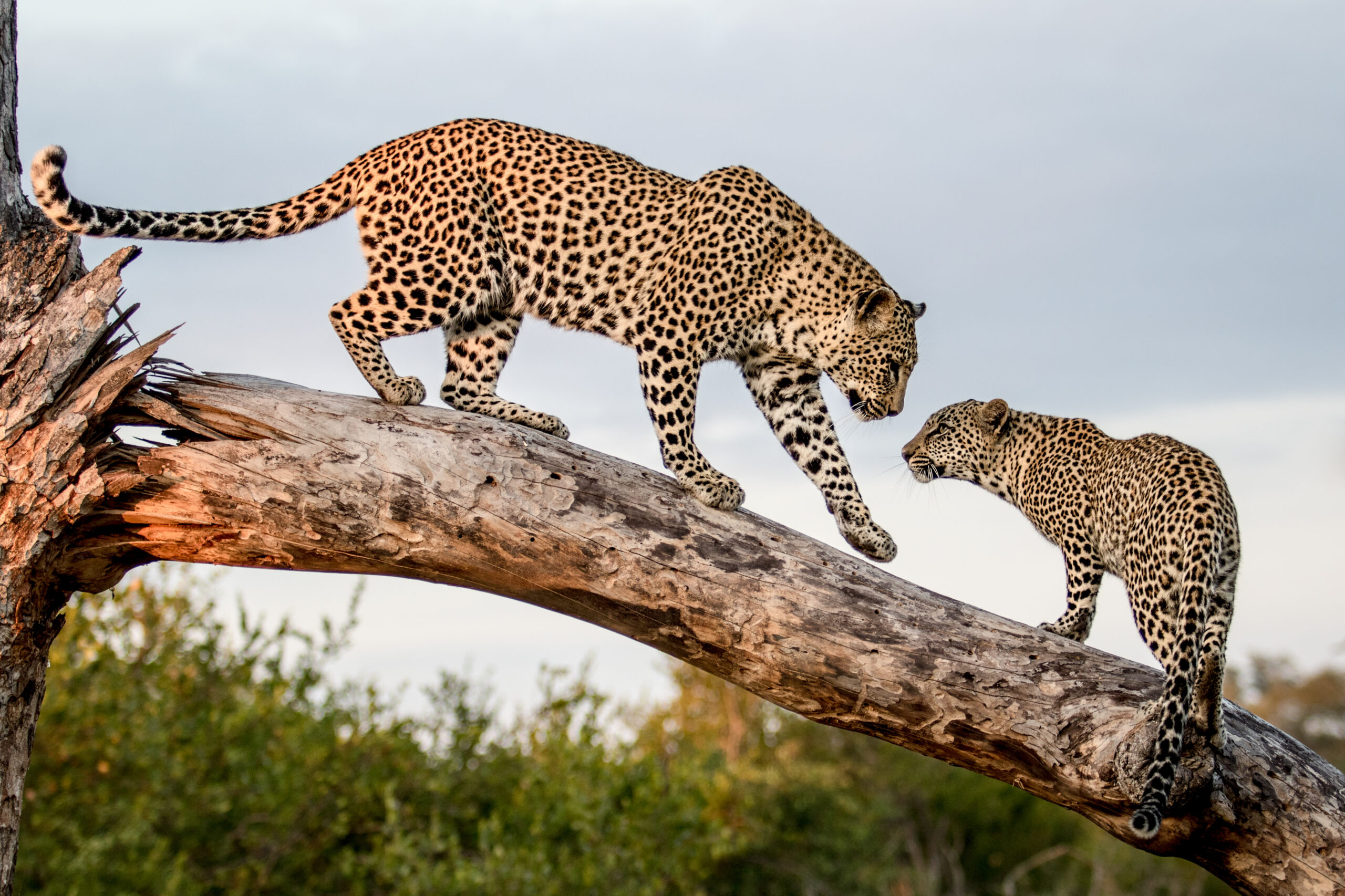A recent study in Tanzania’s Ruaha-Rungwa landscape reveals the vital role of regulated hunting in large carnivore conservation. Using occupancy modeling, researchers found that species like lions, leopards, hyenas, and African wild dogs respond differently to biotic and human pressures—but all fared better in areas actively managed for trophy hunting. Contrary to popular belief, large carnivore presence was not influenced by whether land was used for photographic tourism or hunting, but rather by consistent law enforcement. Abandoned hunting zones saw a drop in carnivore occurrence, underscoring the conservation value of continued investment in managed hunting areas. These findings emphasize that sustainable hunting supports not only rural economies but also predator protection through funding, oversight, and habitat stewardship. An integrated, science-based approach—including responsible hunting—is essential for conserving Africa’s top predators across mixed-use landscapes.
Key Points:
- Large carnivore occurrence was not affected by whether an area was used for photographic or trophy hunting tourism; regular law enforcement was instead a better predictor of occurrence
- All species (lions, spotted hyaena, wild dog) fared better in actively managed hunting areas than those that had been abandoned by operators
- Overall, the findings highlight the divergent habitat requirements within large carnivore guilds and the importance of adopting an integrated approach to large carnivore conservation planning in modern systems.

